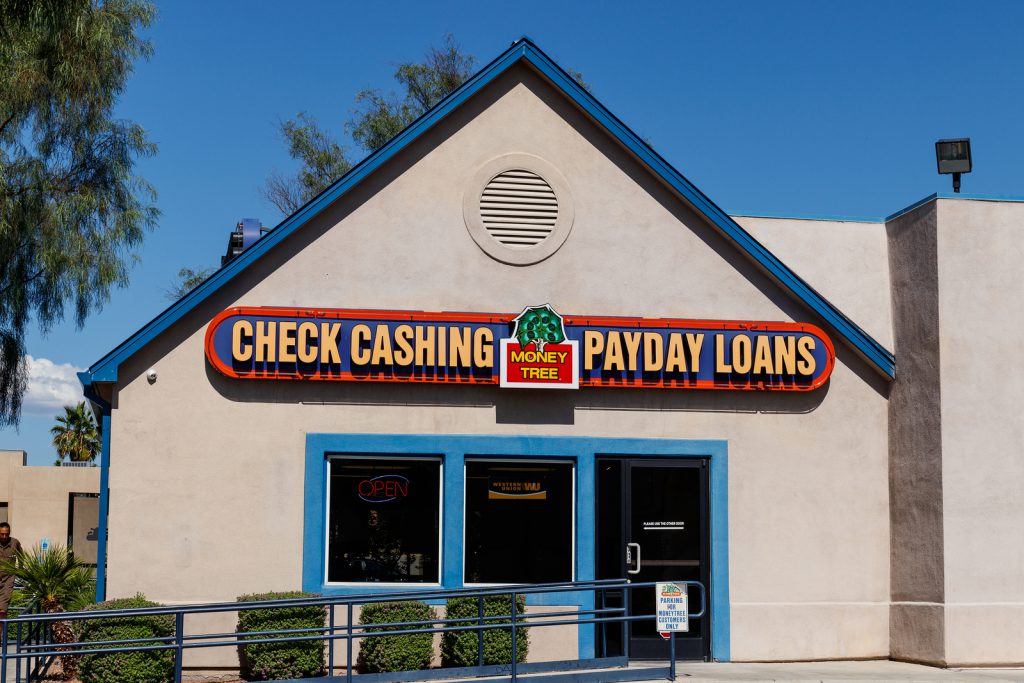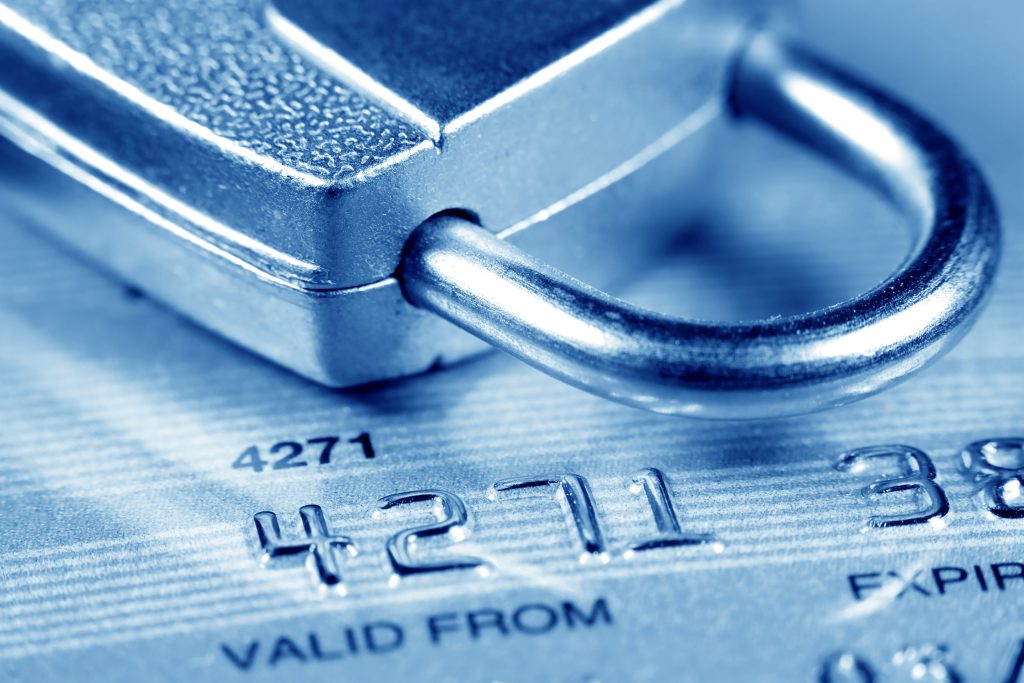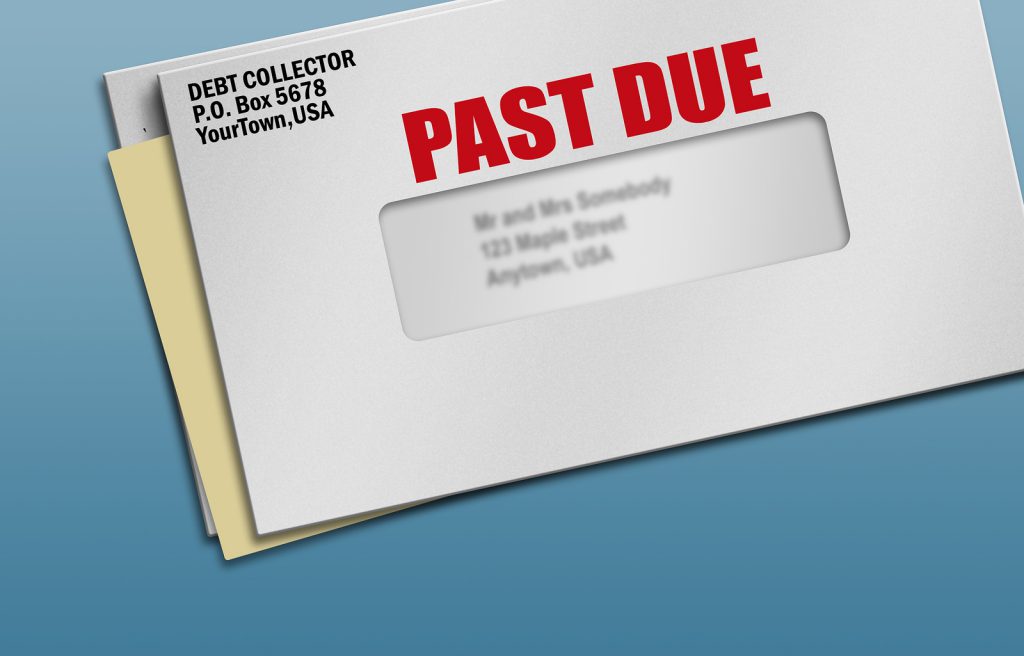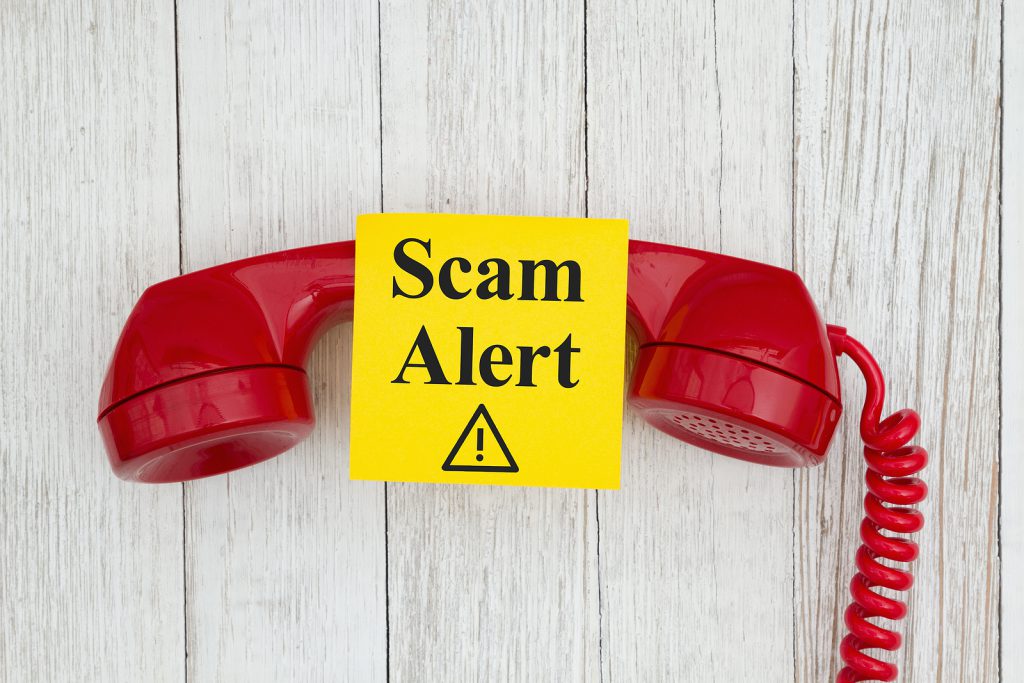Dangers of Payday Loans and Some Alternatives

Recent figures have shown that nearly one out of every ten American adults have borrowed money in the form of a payday loan. The lenders often prefer to use the softer “short-term loan” or “small-dollar loan” labels. Payday lending is part of a $9 billion industry known for offering costly loans without a credit check. Customers can usually expect to borrow anywhere from $200 to $1000 without having to go through the standard approval process. After receiving the loan proceeds, the balance can be due in as few as two weeks or a single pay period. Borrowers can find these lenders in their communities or online where borrowing can take place at any hour of the day or night.
High Cost of Convenience
Convenience comes at a high cost when borrowing from a payday lender. How much a borrower pays in interest depends on the state where they live. Although 15 states and the District of Columbia have laws that cap payday loan interest rates at 36% APR, borrowers in other jurisdictions are subject to a range of costlier options. In six states, the interest rate on a single payday loan can legally exceed 600% APR. That may not seem so bad in terms of actual dollars paid over a two-week loan term, but a loan of $1000 at 600% APR would accrue $500 in interest in just a month and it’s not uncommon for borrowers to request more than one extension in order to repay the debt.
Payday Loan Alternative
Fortunately, a payday alternative loan (PAL) is available for people with limited or poor credit history and who would otherwise turn to a high-interest payday lender. Nonprofit credit unions who are members of the National Credit Union Association (NCUA) can offer a PAL with flexible repayment terms and interest rates below 30%. Loan amounts are similar to those of the for-profit lenders and approval does not require a credit check, but there is one small catch. To qualify, borrowers must be a member of the credit union and have maintained their account for a minimum of one month.
Military Lending Act Implications
Things are a little different for military service members and their families who turn to payday lenders for loans. A 2019 NFCC survey revealed that the number of active duty military who borrow from payday lenders had doubled since 2014. The Military Lending Act (MLA) places a specific set of guidelines for interest rates and fees on all loans extended to active duty military and their qualifying dependents. According to the MLA, these loans cannot have interest exceeding a 36% Military Annual Percentage Rate or MAPR. MAPR is a combination of interest and most other fees associated with a loan. This differs from APR which stands for Annual Percentage Rate and is strictly interest.
Most who rely on payday loans are using them to fill a financial gap in their budget, either for emergencies or to cover the cost of necessities such as rent or utilities until payday. The problem is that it can be a never ending cycle. Payday loans are financially dangerous and can lead to even greater financial troubles.
If you are struggling to make it to your next payday, the safest course of action would be to use a payday loan alternative while working with a nonprofit credit counseling agency for help with a plan to achieve financial stability without relying on credit. Members of the military struggling to cover emergency expenses can get help from military relief societies supporting each branch of service. At the same time, they can work with a nonprofit credit counselor for help addressing long-term issues related to budgeting and debt repayment.



